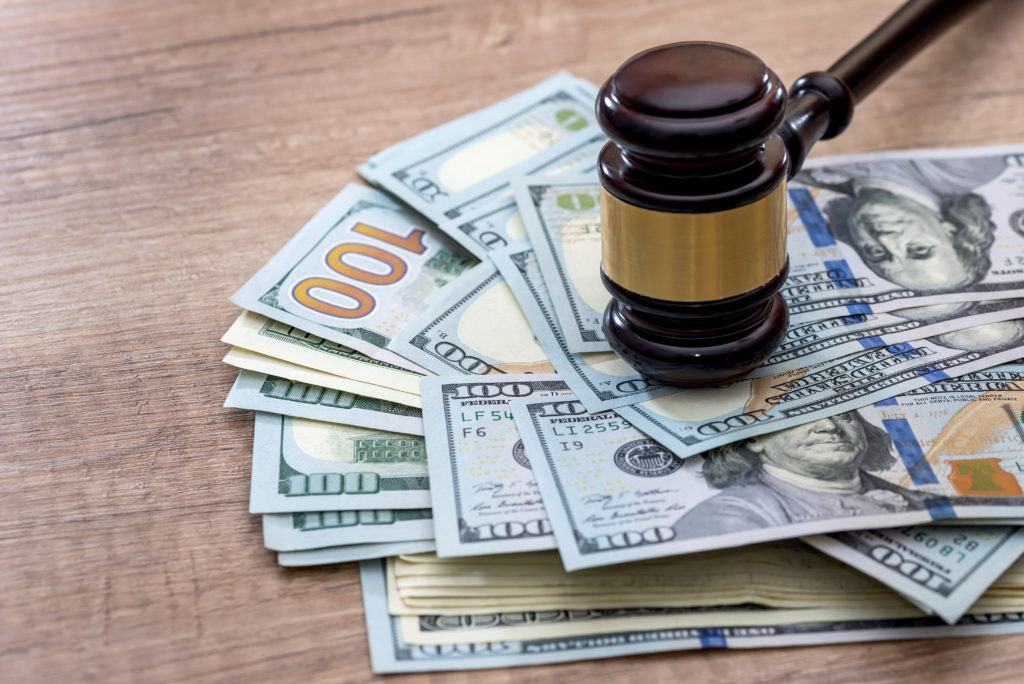As Miracle Max noted in The Princess Bride: “There’s a big difference between all dead and mostly dead. Mostly dead is slightly alive.” So it is with Colorado judgments, which come with an expiration date that can be extended so long as the judgment is still in the “slightly alive” category. A county court judgment remains enforceable for six years and a district court judgment for twenty years. A judgment lien, which secures a creditor’s right to collect from the equity in a judgment debtor’s real property, is valid for six years and is secured by recording a transcript of the judgment with the county’s clerk and recorder’s office. These expiration dates can be extended, however, through a procedure known as revival. This procedure gives new life to old judgments and extends the opportunity for judgment recovery.
An old judgment is not necessarily a bad judgment
Post-judgment interest on a breach of contract award, for example, is 8% compounded annually. Allowing some time to pass after judgment has entered can increase the prospect of recovering a meaningful amount. A judgment debtor’s financial position can change for the better and the passage of time can cause a judgment debtor to let their guard down by, for example, acquiring lienable property or moving assets back into their name.
If a judgment is approaching its expiration date, it is still “slightly alive,” in Miracle Max’s words, and capable of being collected on in the future if the creditor takes the right steps. An expired judgment can be revived with the filing of a motion in the original case alleging the date of the judgment and the amount that remains unsatisfied. The clerk will then issue a notice to the judgment debtor requiring the debtor to show cause why the judgment should not be revived. This notice must be personally served. The judgment debtor then has fourteen days to answer the notice to show cause and any issue presented by the debtor will be tried and ruled on by the court. A judgment must be revived within twenty years after the entry of the original judgment; therefore, the best practice is to start the revival process well before the judgment expires so the judgment is not at the mercy of the court’s schedule.
A judgment can be revived
If a creditor did not obtain a judgment lien at the time of the original judgment, they can do so at any time during the twenty-year life of a judgment. However, if more than six years have passed since judgment entered, the creditor has to revive the judgment prior to recording the transcript of judgment. Once this has occurred, the judgment lien will attach to the debtor’s property and any after-acquired property until the lien expires. Once a judgment is revived, a creditor has the same remedies that were available during the original judgment term and can employ these remedies just as they would with a newer judgment.
As you can see, there are obligations and options for debtors and creditors involved in recovering a judgment – even when that judgment is deemed mostly dead but slightly alive. The rules for stale or expired judgments may work in your favor, but you need to know all the facts to assess collectability.
For questions on recovering on judgments and related issues, please contact any of the attorneys at Proctor Brant, P.C.

